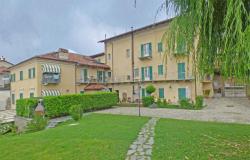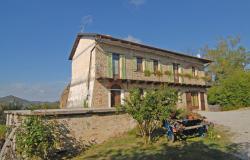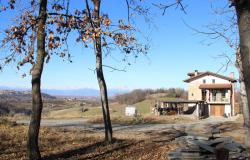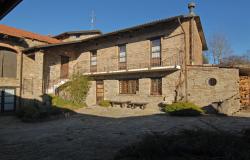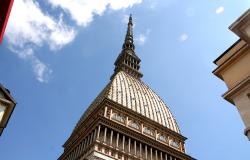 Italy has turned Leonardo da Vinci's studies of flying into a high-definition, 3-D, computer-generated version expected to prove a big hit with visitors to Turin's Biblioteca Reale.
Italy has turned Leonardo da Vinci's studies of flying into a high-definition, 3-D, computer-generated version expected to prove a big hit with visitors to Turin's Biblioteca Reale.
It has taken years for Leonardo-savvy computer whizzes from the Leonardo3 company to transform the Codex of Flight into a 60-megapixel interactive book that offers art buffs new delights.
As well as painting masterworks like the Last Supper and the Mona Lisa, Leonardo produced a host of extraordinary scientific studies including futuristic ideas for gliders and helicopters.
Leonardo3 (L3) is sure its reworking of the Renaissance genius's inventions will please visitors of all ages.
"They'll be able to click on pages, turn them upside down, enlarge them and play with them," said L3 CEO Massimiliano Lisa.
"The drawings contained in Leonardo's codices are extraordinary but not easy to grasp in their full complexity," Lisa went on.
"The 3-D version makes them easier to understand".
"We've succeeded in shedding new light on Leonardo's studies of bird flight and I think we've even managed to show people how to fly his famed flying machine".
"This isn't some sort of game though," Lisa stressed.
"Before you put a Leonardo drawing into three dimensions you have to really study it. It's taken us years".
Leonardo3 has done the same for the other great Leonardo work that is housed in the former Savoy royal library in this northwestern city: his self-portrait in old age.
The world-famous portrait has been turned into an even more highly defined digital image - 88 megapixels - which will be loaned out to other museums around the world.
The delicate state of the self-portrait, in fact, rules out any prospect of loans.
Leonardo fans will have their first chance to play with the flying studies at a May 12-20 show here.
Lisa believes they'll also enjoy clicking and turning the self-portrait.
"You can get a real thrill by looking at Leonardo in 3-D," he said.
